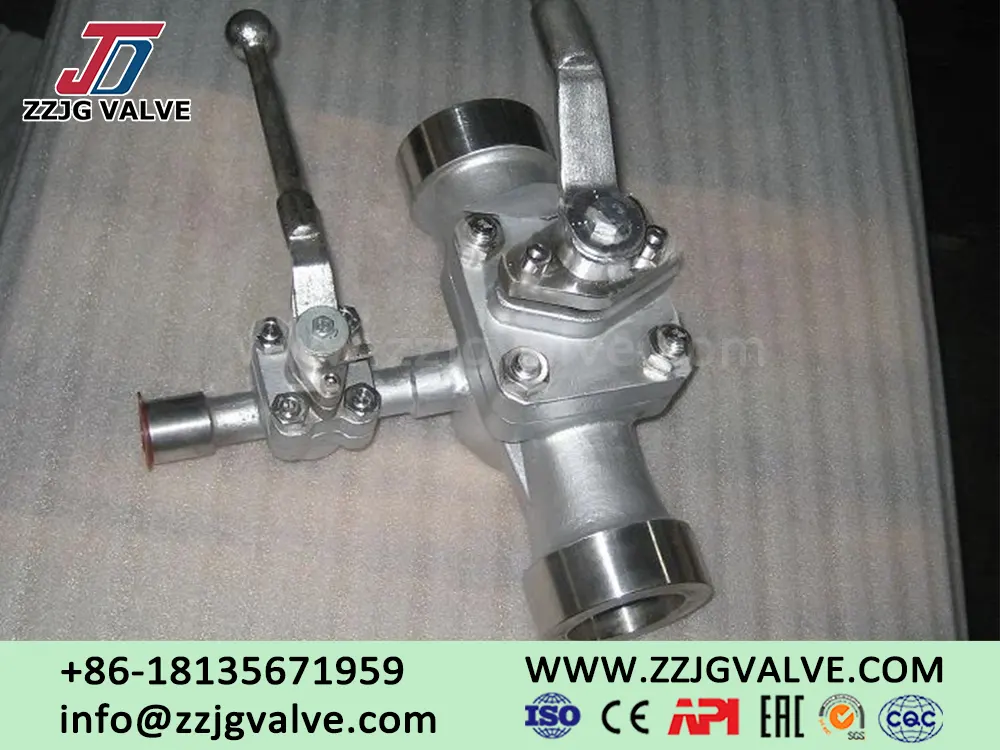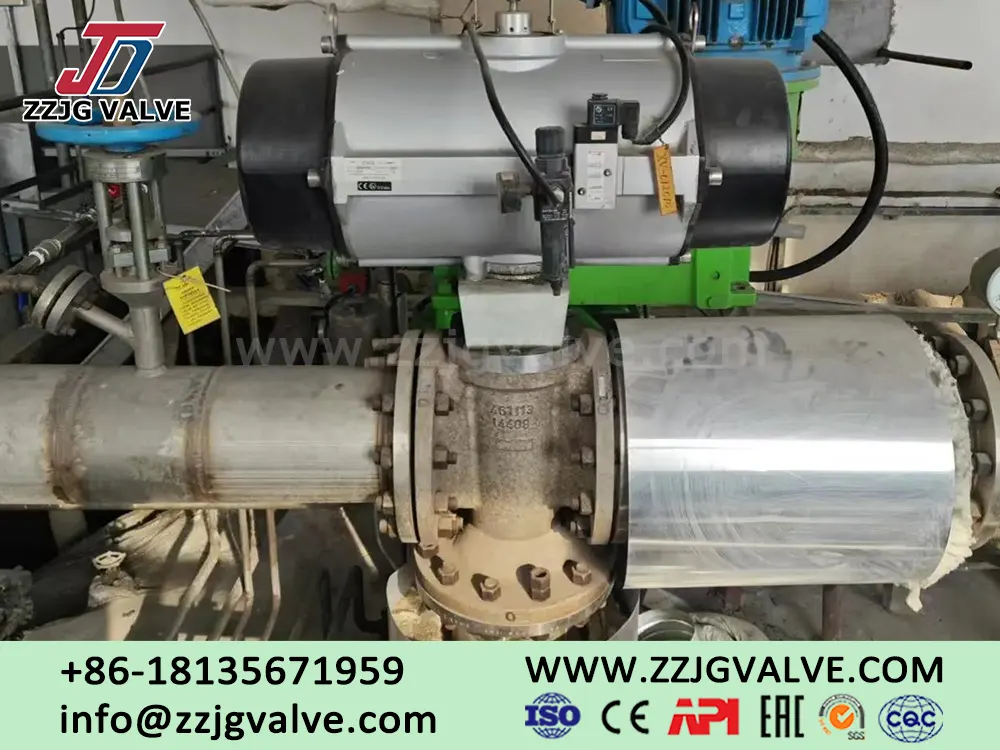Application Comparison: Fluorine-Lined vs. Soft-Sealed Plug Valve
In process industries such as petroleum, chemical engineering, metallurgy, pharmaceuticals, power, papermaking, food, water treatment, natural gas, and mining, valves are like the "switches" of pipeline systems, responsible for cutting off fluids, changing flow directions, or regulating flow rates. They are crucial for the safety and stability of the entire production process. However, when encountering highly corrosive, toxic or extremely high-purity media, traditional metal valves often leak due to corrosion or fail to meet the requirements because of metal ion contamination of the medium. In this case, fluorine-lined plug valves and soft-sealed plug valves, with their special materials and sealing methods, have become ideal choices for these harsh working conditions. Based on the latest industry data in 2025, this article systematically introduces the typical application fields and main differences of these two types of valves, providing practical selection references for design units, engineering companies and users.
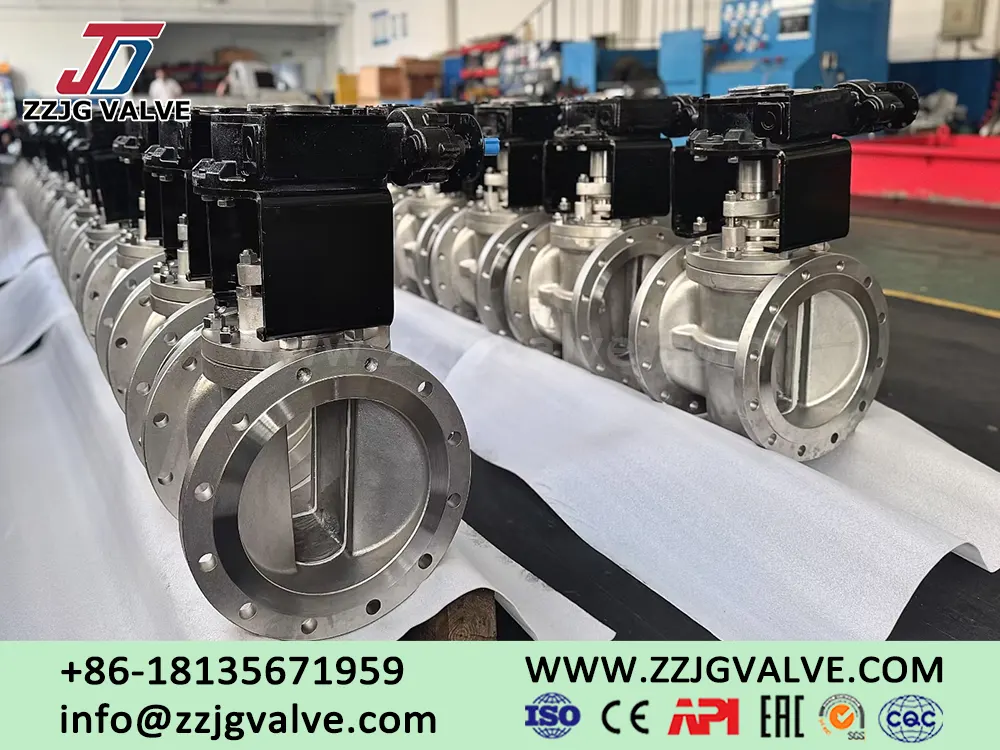
1. Fluorine-lined Plug Valve: The "Guardian" for Strong Corrosive Conditions
Fluorine-lined plug valves, in simple terms, are made by completely coating a layer of fluoroplastics (such as PTFE, FEP or PFA) inside a metal valve body, ensuring that the medium only comes into contact with the fluoroplastics and thus preventing the metal from being corroded. It is particularly suitable for handling all kinds of "highly corrosive and highly pure" media.
1.1 Strong acid and strong base system
In devices such as chlor-alkali, sulfuric acid, hydrochloric acid, and hydrofluoric acid, the medium concentration is high and the oxidizing property is strong. Ordinary metal valves are prone to intergranular corrosion or pitting corrosion, leading to leakage. Due to the excellent corrosion resistance of fluoroplastics, the fluorine-lined plug valve can withstand extreme media such as aqua regia, 98% concentrated sulfuric acid, hydrofluoric acid, and sodium hypochlorite for a long time. Its working temperature range is generally -50℃ to 150℃, and it is often used for reliable cut-off in the discharge of reaction vessels, acid and alkali metering, and tail gas absorption pipelines.
1.2 Fine Chemicals and Organic Solvents section
Chlorinated hydrocarbons, strong oxidants and mixed solvents are often used in the synthesis of active pharmaceutical ingredients, dye intermediates and the production of pesticides. These media are prone to crystallization or polymerization on the sealing surface of the valve, causing jamming. The inner lining material of the fluorine-lined plug valve has a low friction coefficient and is not prone to adhesion. It can effectively reduce crystallization and polymerization, lower the switching torque, and is suitable for reversing conditions that require frequent operations.
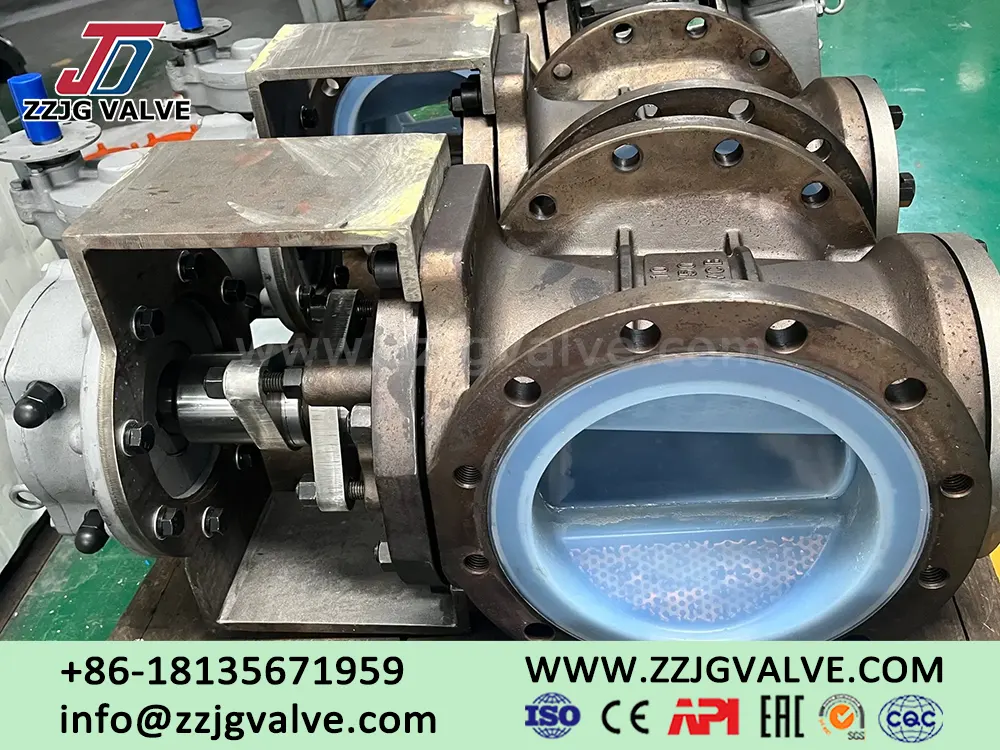
1.3 Ultra-pure tubes for electronics and semiconductors
The ultra-pure water (UPW) and electronic-grade chemicals used in the chip manufacturing process have extremely high requirements for the content of metal ions (≤ppb level). The flow-through surfaces of the fluorine-lined plug valve are all made of fluoroplastics, almost eliminating metal exposure and ensuring that the medium is not re-contaminated. Meanwhile, its surface finish meets the SEMI standard of the semiconductor industry and is widely used in chemical distribution cabinets and grinding fluid systems.
1.4 Flue gas desulfurization, denitrification and environmental protection projects
In the wet desulfurization systems of coal-fired power plants and steel sintering machines, the chloride ion concentration in the circulating slurry can be as high as 50,000 ppm and it is acidic. Fluorine-lined plug valves can provide long-term reliable shut-off functions at key positions such as tower bottom discharge, wastewater treatment and process water switching, significantly reducing the downtime for maintenance caused by valve damage.
1.5 Liquid chlorine, chlorine gas and sodium hypochlorite disinfection system
In the processes of liquid chlorination, chlorine drying and finished product filling, zero leakage is required to be achieved within the range of -30℃ to 70℃. The metal frame of the fluorine-lined plug valve is usually made of corrosion-resistant stainless steel (such as CF3M), and combined with FEP lining, it can achieve fireproof and anti-static bidirectional sealing at positions such as liquid chlorine crane pipes and chlorine gas distribution tables, in compliance with relevant standards such as GB/T 12240 and API 599.
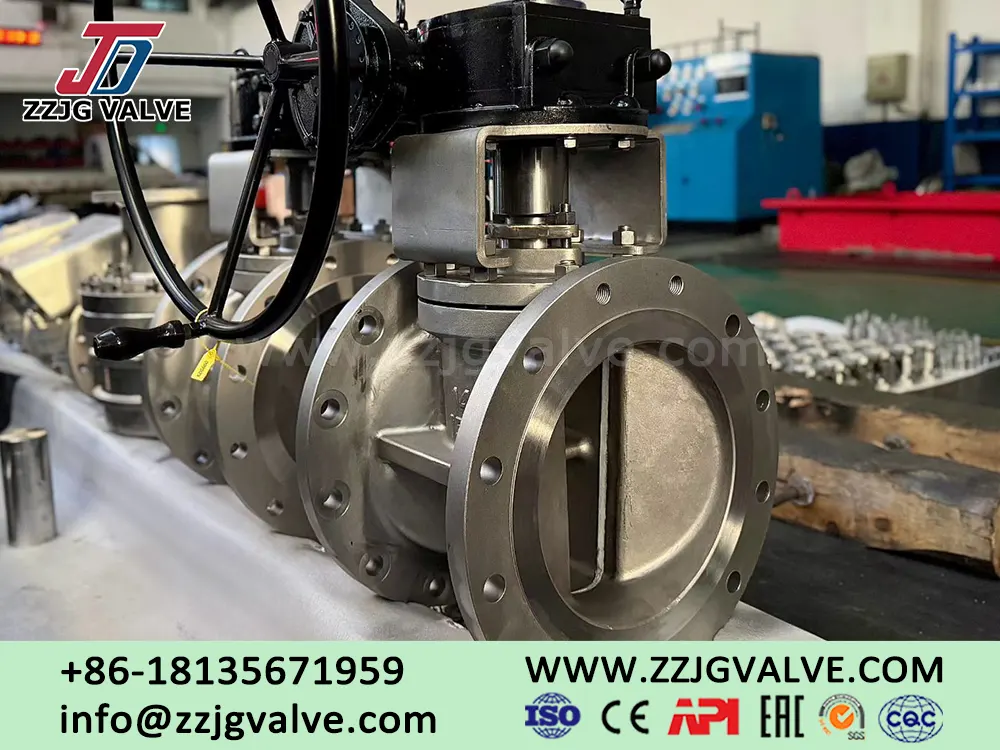
2. Soft-sealed Plug Valve: The "All-Rounder" for Wear Resistance and Sealing
The core feature of a soft-sealed plug valve is that elastic materials (such as PTFE, F46, PVDF, etc.) are embedded on the surface of the valve body or plug as sealing elements. It performs well in working conditions with particles, strong wear or frequent operation, thanks to its "elastic sealing" and "self-cleaning" capabilities.
2.1 Gathering, transportation and storage of oil and natural gas
Crude oil, refined oil products and natural gas condensate often contain sulfur, carbon dioxide and water, which can easily cause electrochemical corrosion. The valve body of a soft-sealed plug valve is mostly made of carbon steel or low alloy steel, lined with PTFE or F46. It can not only resist weak corrosion but also achieve bidirectional zero leakage through its unique double-groove sealing ring. It is widely used in separators, pigging device receiving and receiving cylinders, and root valves of storage tanks in medium and low-pressure stations and yards.
2.2 Coal gasification and coal chemical ash water system
The ash water produced by the water-coal slurry gasifier contains solid particles and has a high concentration of chloride ions. The self-lubricating bushing and self-cleaning groove design of the soft-sealed plug valve can scrape off the particles adhering to the sealing surface during opening and closing, reducing wear. It is suitable for high-pressure (up to PN25) positions such as high-pressure flash tanks, ash water pump outlets, and black water switching.
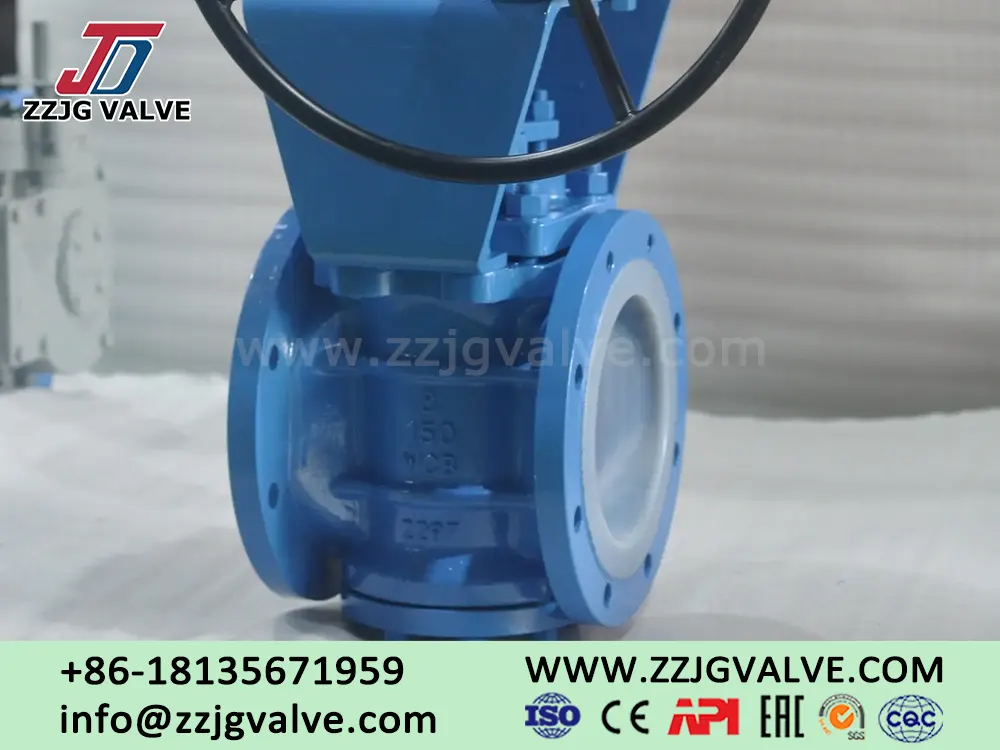
2.3 Toxic media in the production of pharmaceuticals and pesticides
In the processes of active pharmaceutical ingredient crystallization, solvent recovery and waste liquid incineration, the medium is often toxic or malodorous. Once leaked, it will endanger the safety of personnel and the environment. The soft-sealed plug valve adopts a reverse lip sealing structure, which can provide continuous and stable zero leakage within the range of ≤ 1.6MPa and -20℃ to 180℃, meeting the leak detection requirements of GB/T 13927. It also supports online maintenance, reducing the risks brought by opening the cover for inspection.
2.4 Food and Beverage CIP/SIP systems
Dairy product, beer and juice production lines need to undergo regular acid and alkali cleaning and steam sterilization. The bushing of the soft-sealed plug valve can be made of food-grade F46 or PVDF, which can withstand the impact of 85℃ alkaline solution and 120℃ steam. Its sealing surface is smooth and not easy to retain materials. It complies with the FDA 21 CFR 177.1550 hygiene standard and is often used for the outlet of blending tanks, CIP return lines and reversing distribution of filling machines.
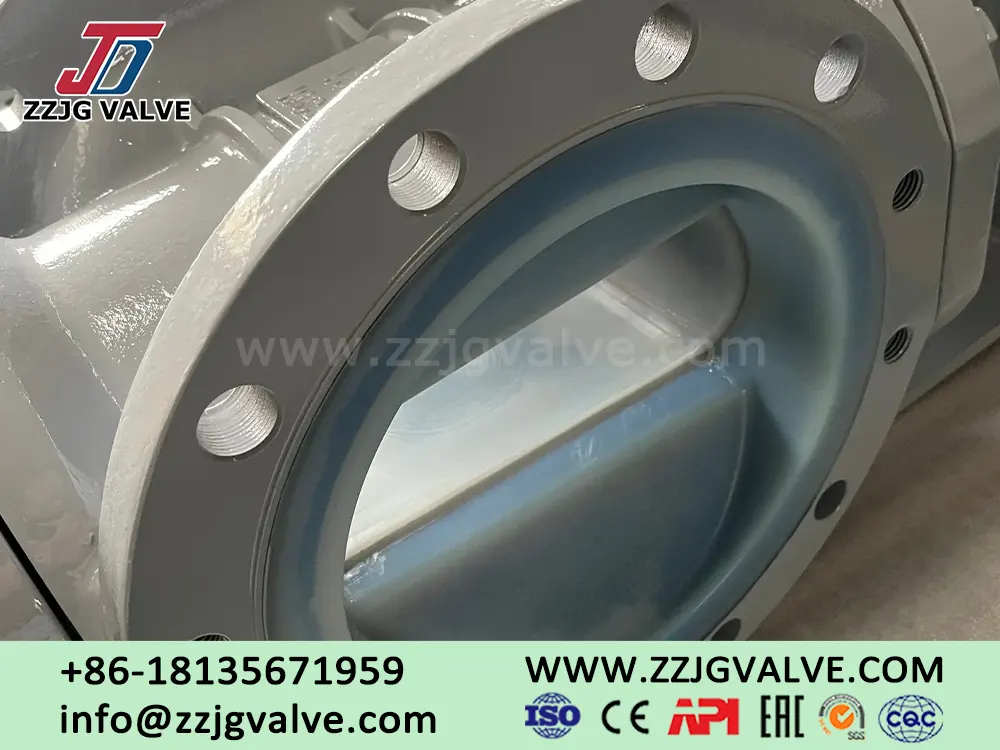
2.5 Water Treatment and Mine slurry
Fibers or hard particles are often present in municipal sewage, industrial wastewater and magnetite slurry from concentrators. The straight-through flow channel design of the soft-sealed plug valve can effectively reduce the risk of clogging. Meanwhile, the elastic bushing can absorb the impact of particles, making it suitable for filter backwashing, dosing systems and tailings dry discharge pipelines.
التالي: Extended Stem Butterfly Valve Brings Operational Convenience and Enhanced Sealing







